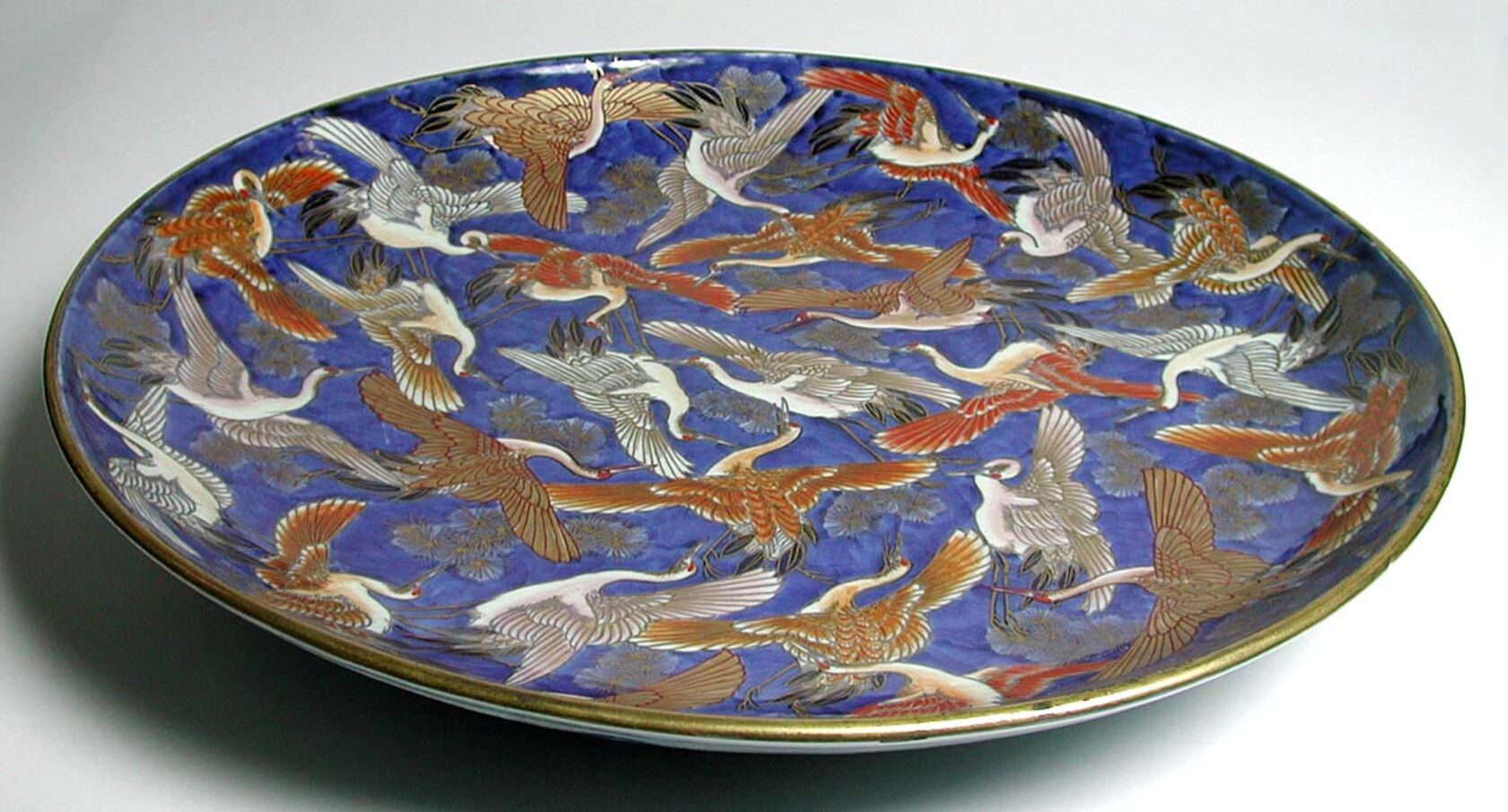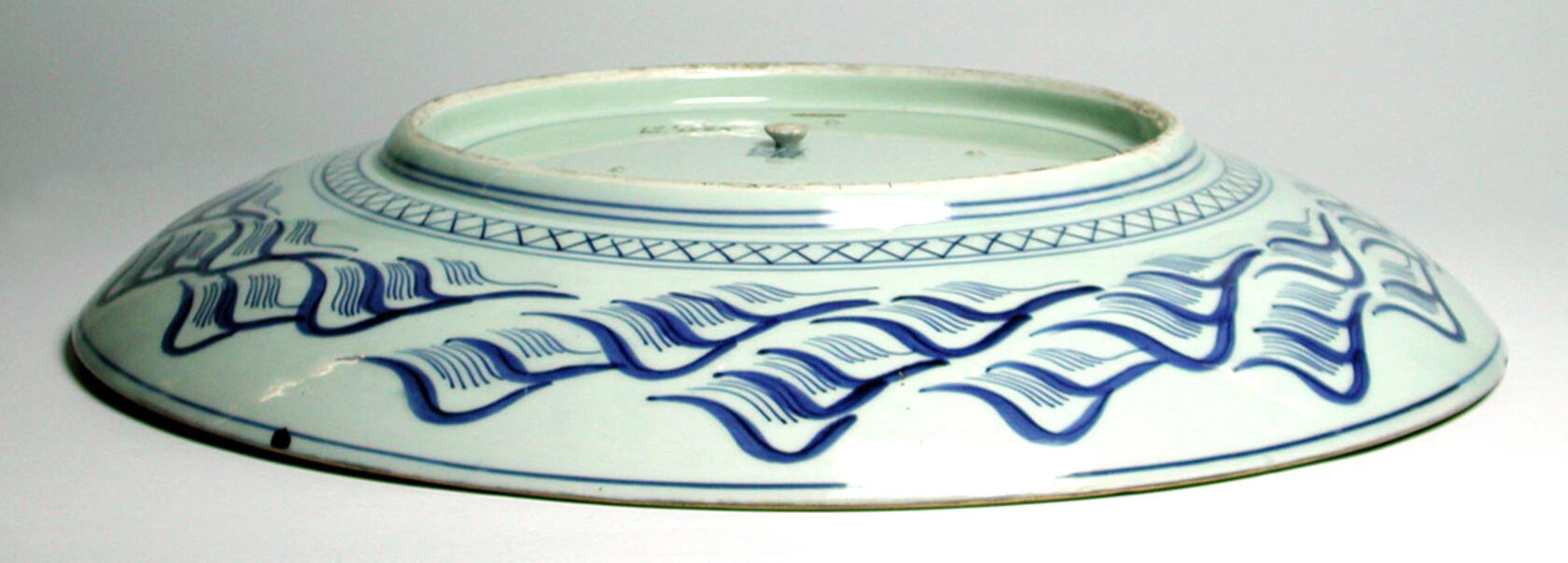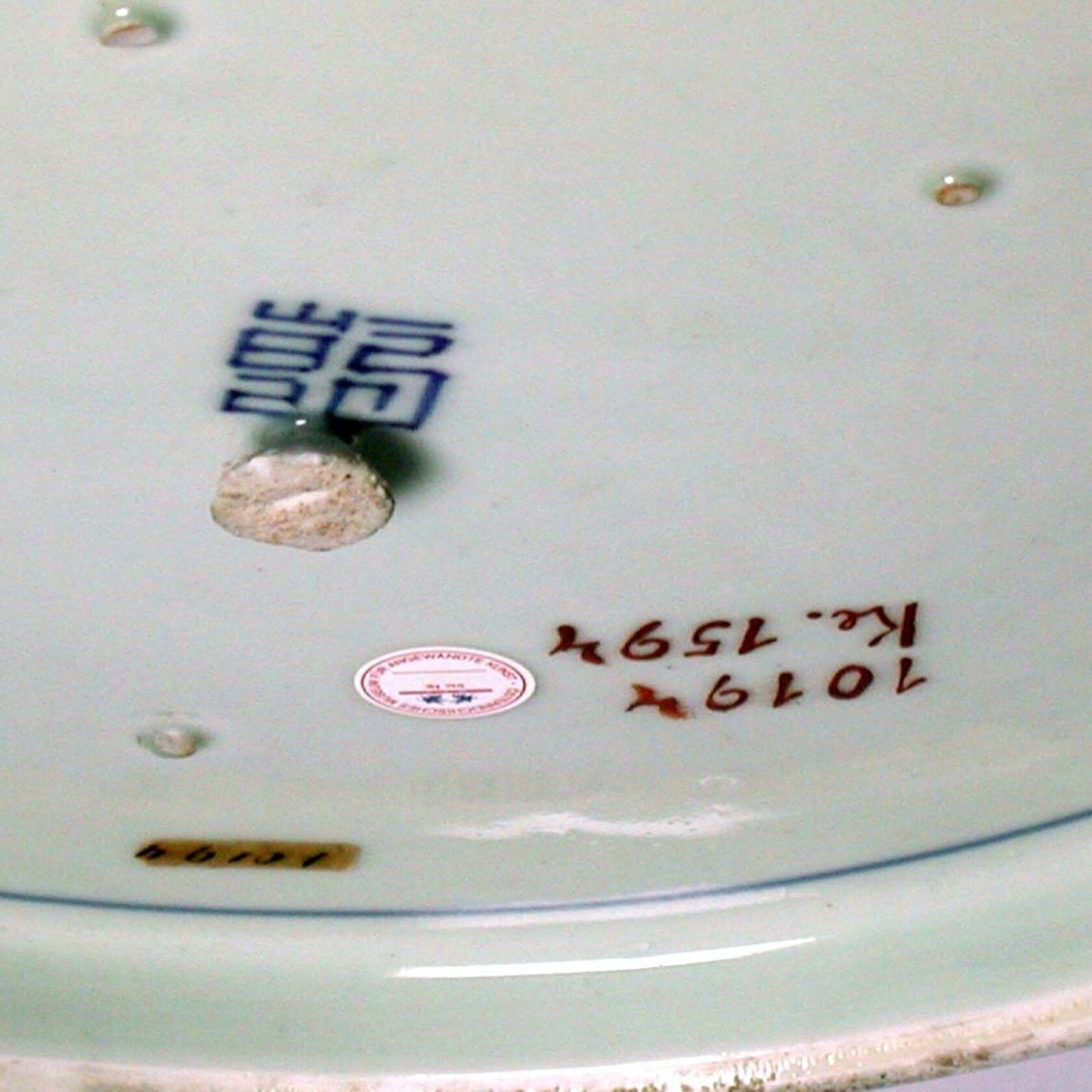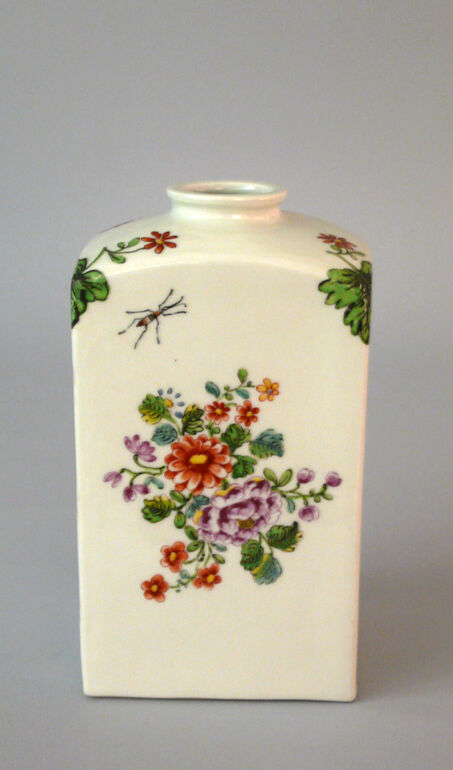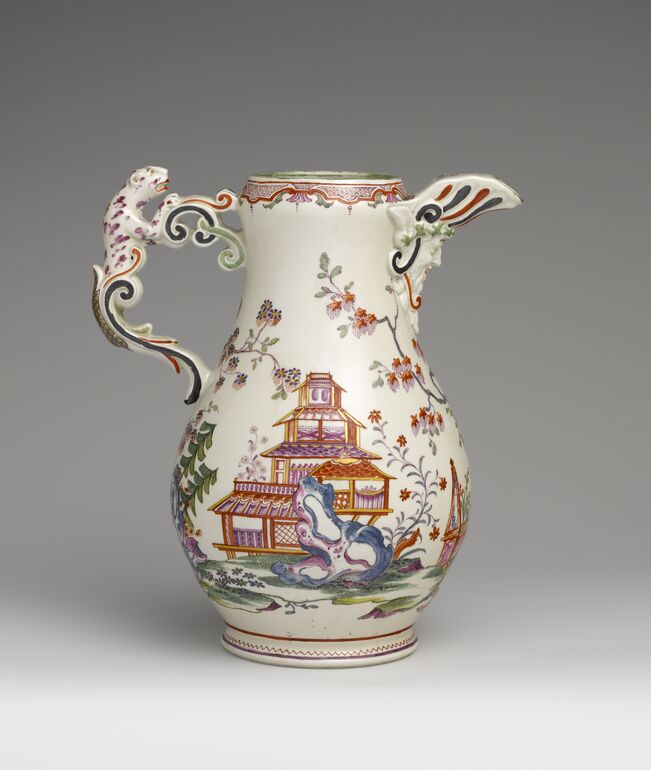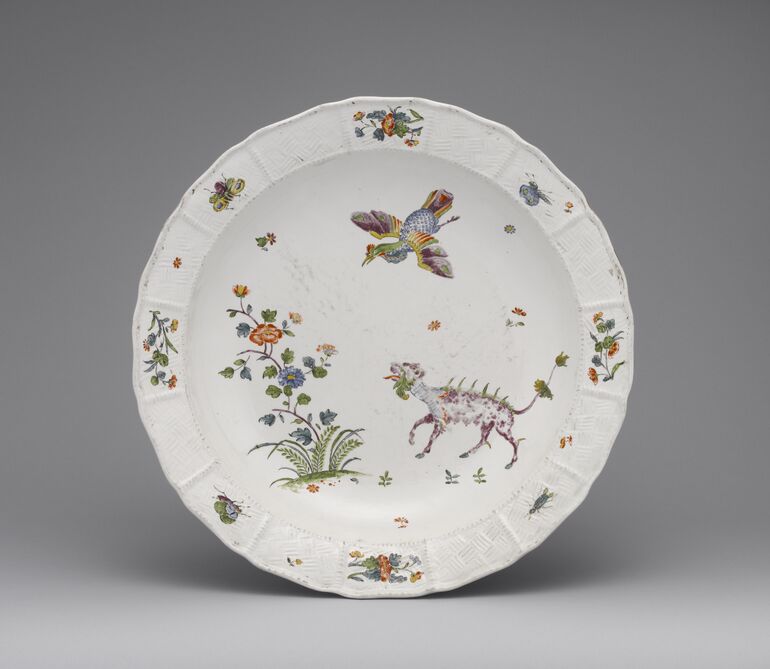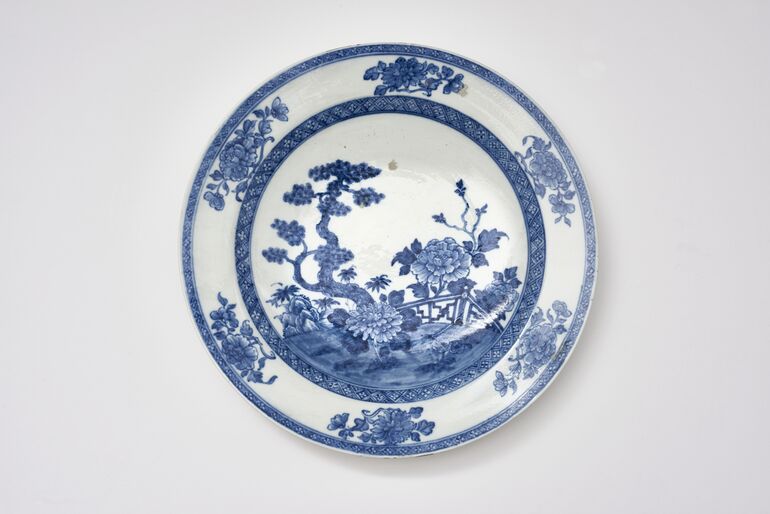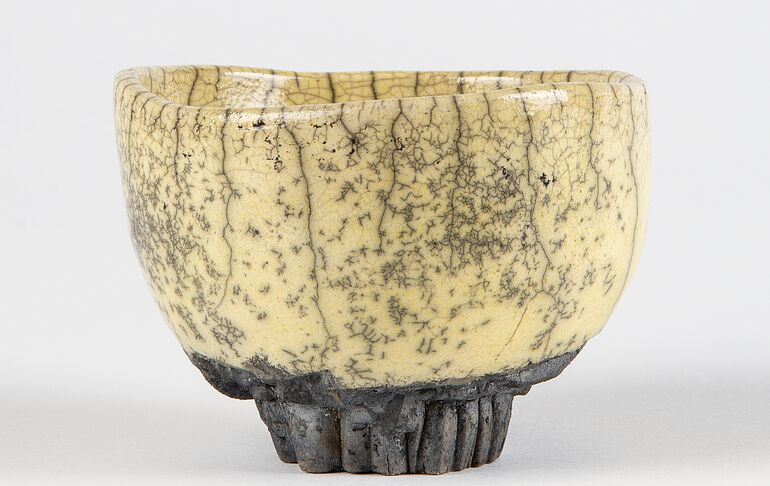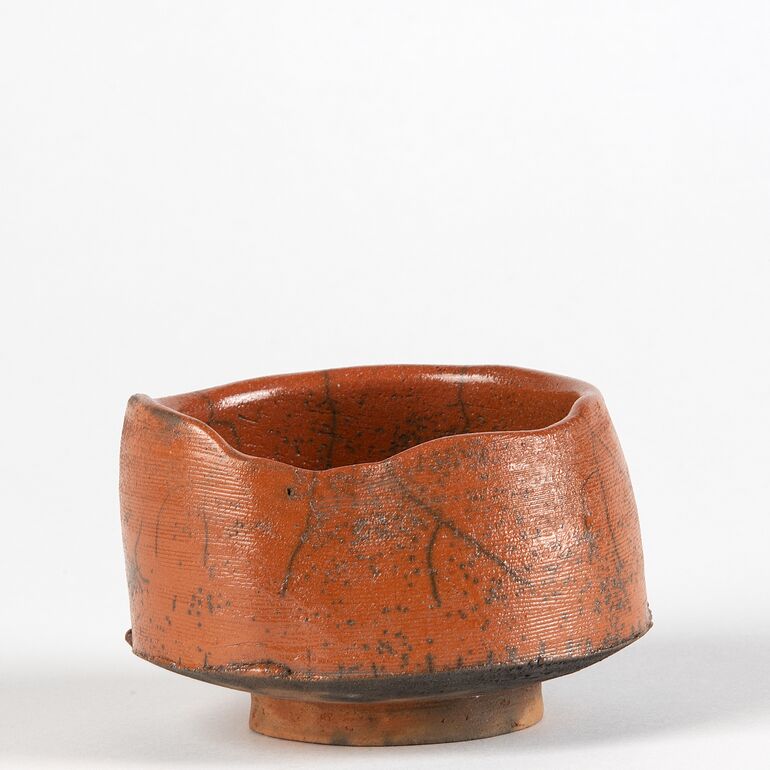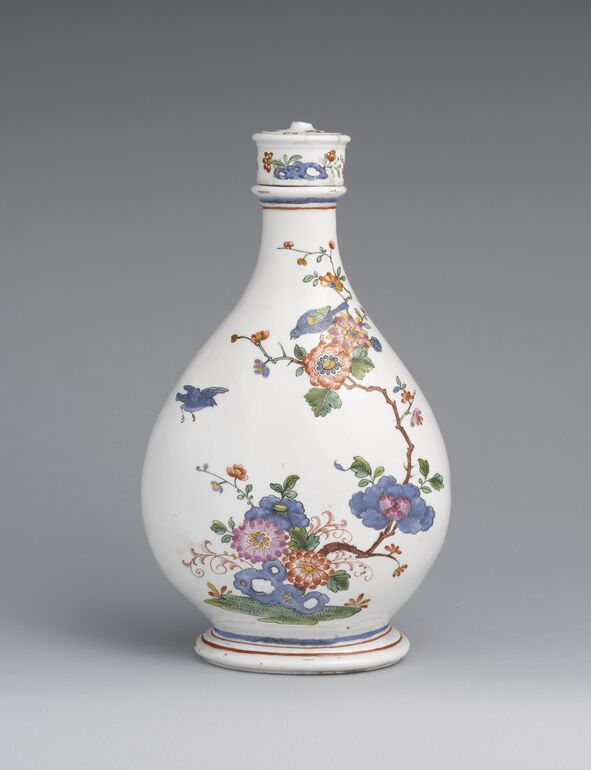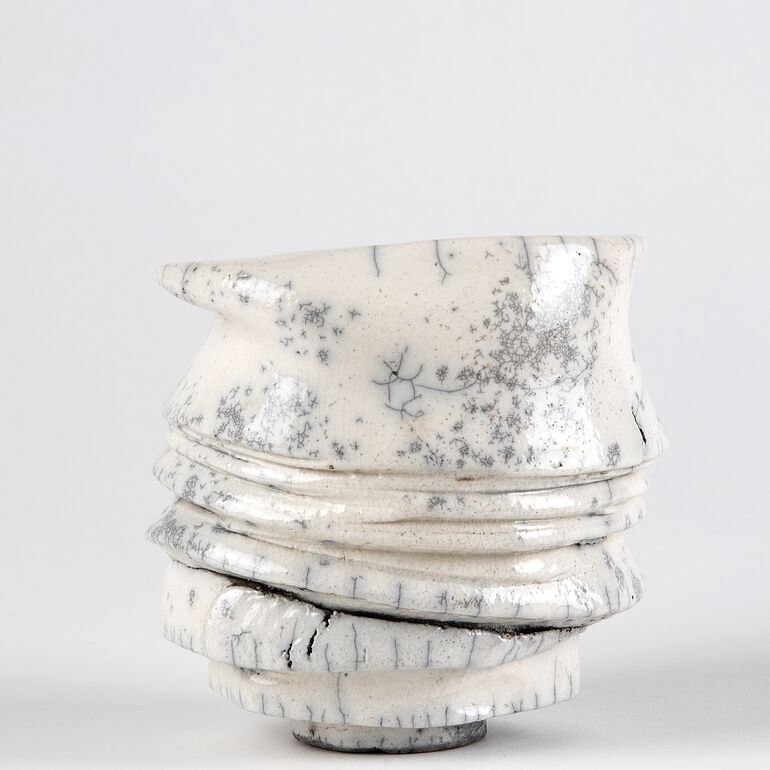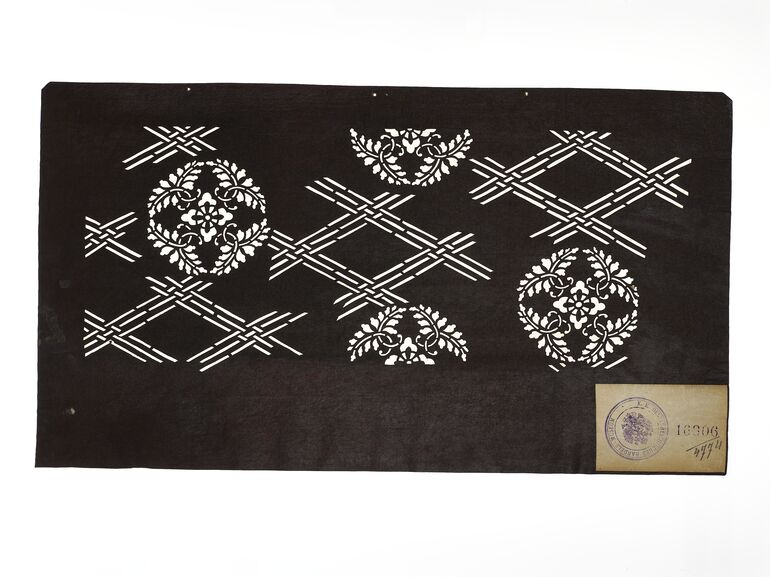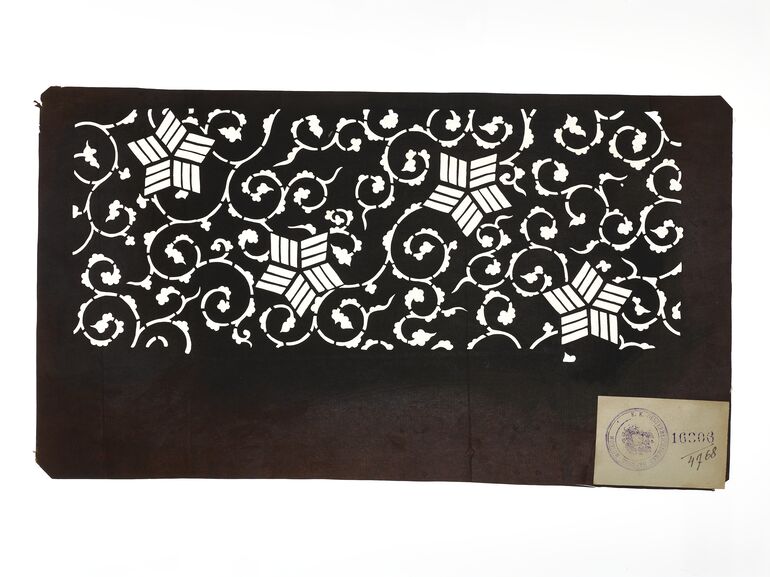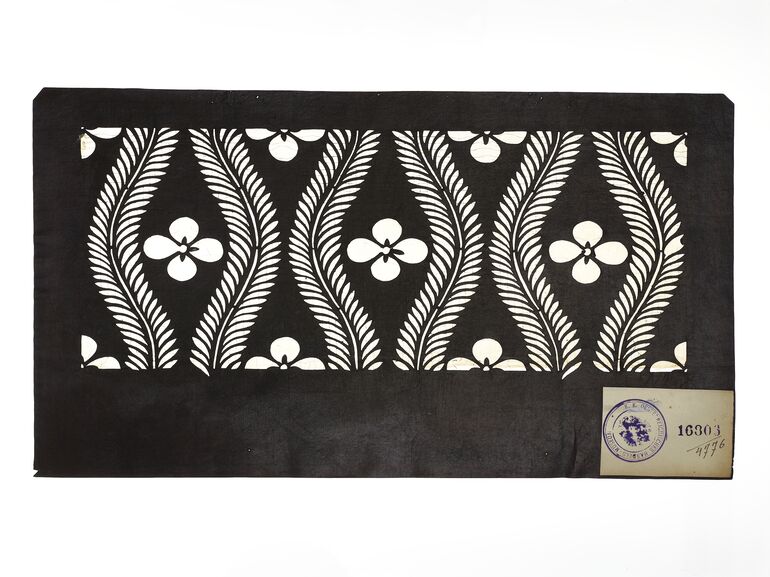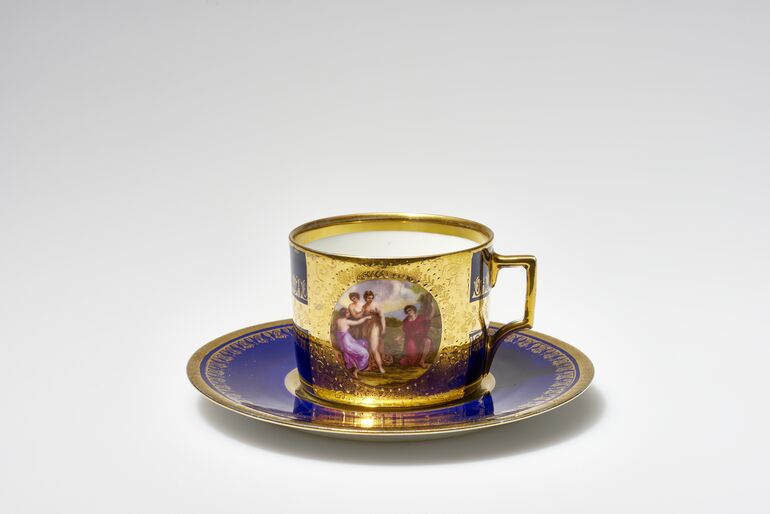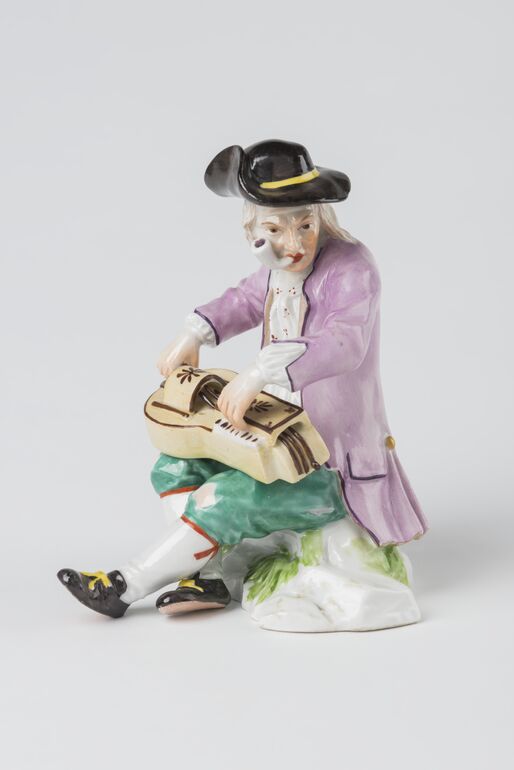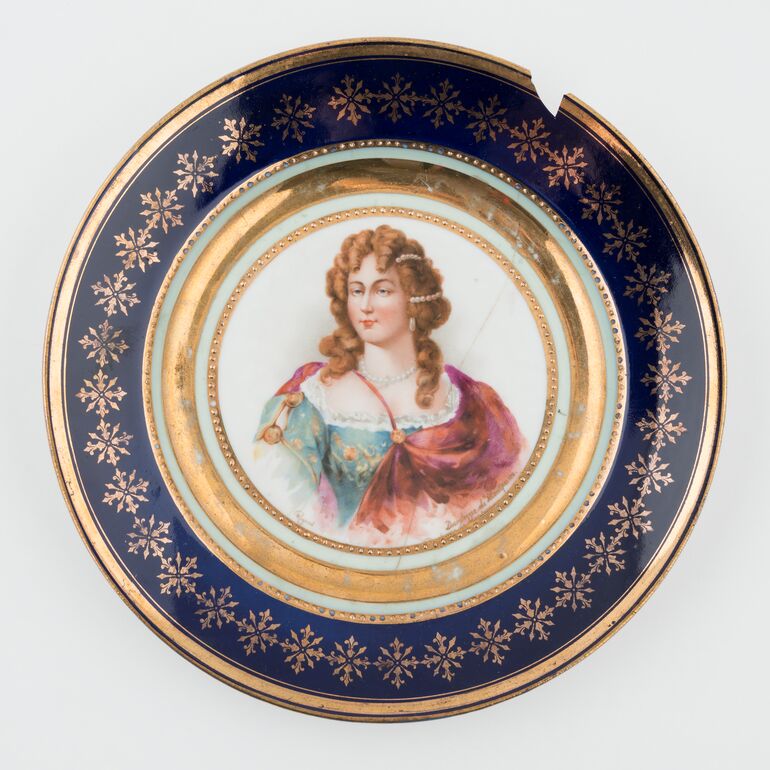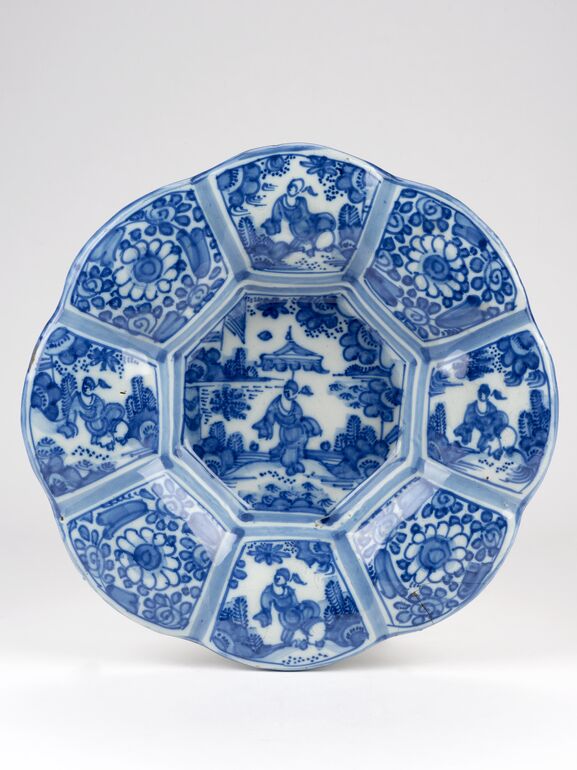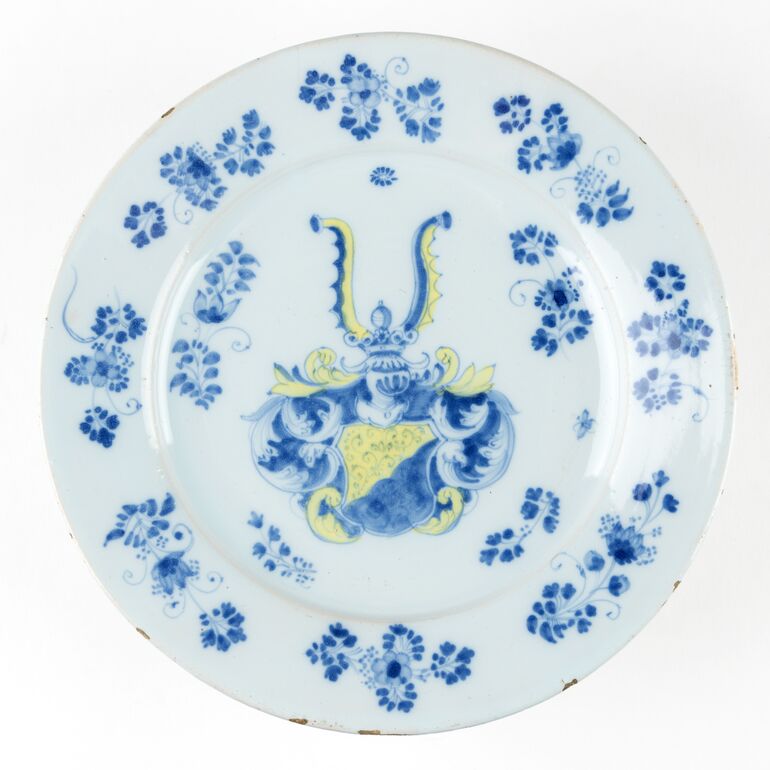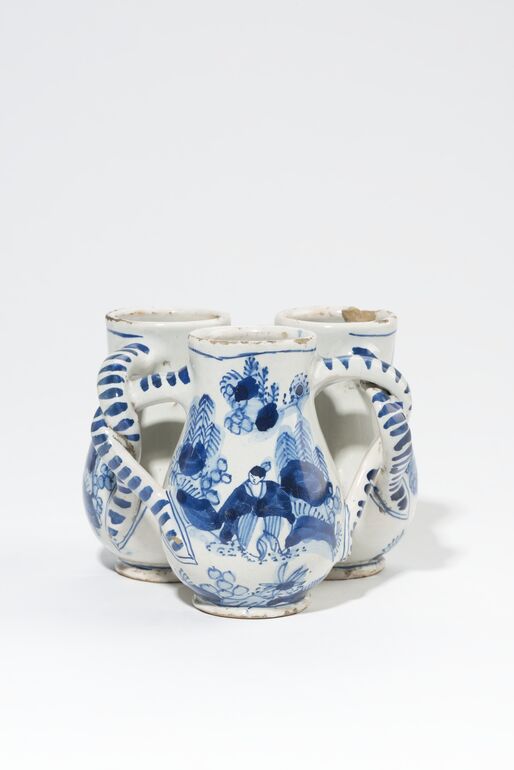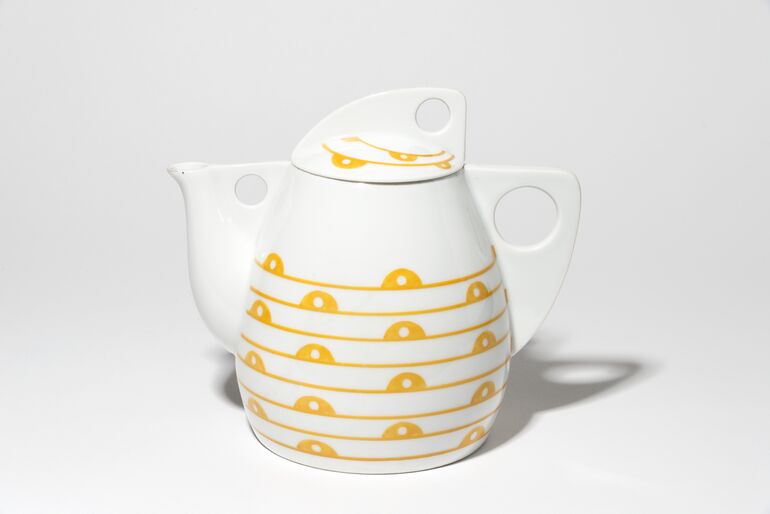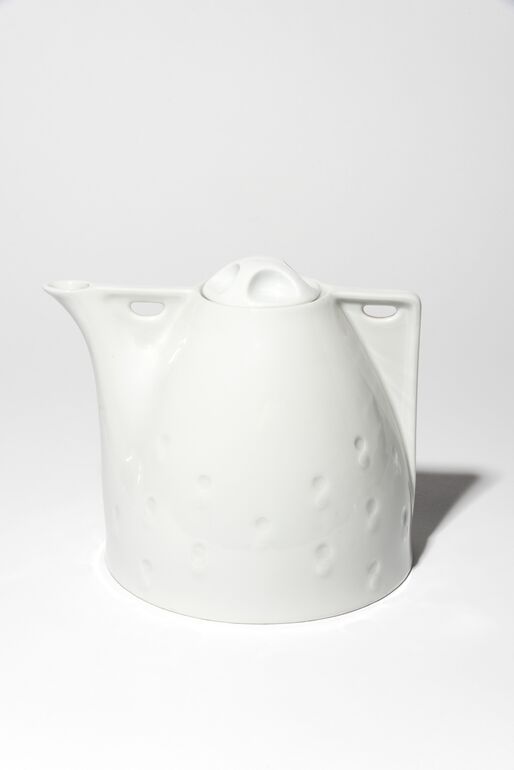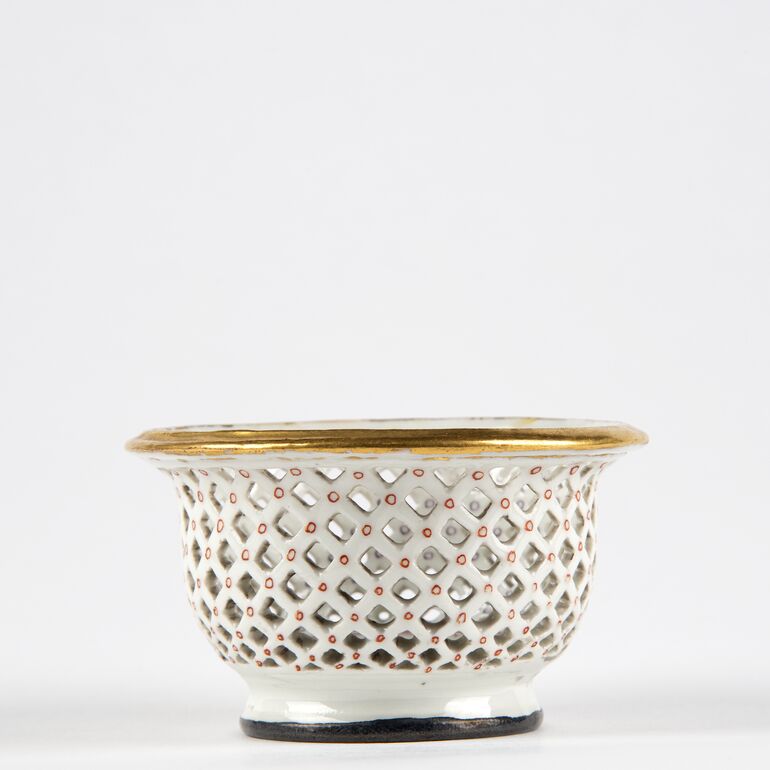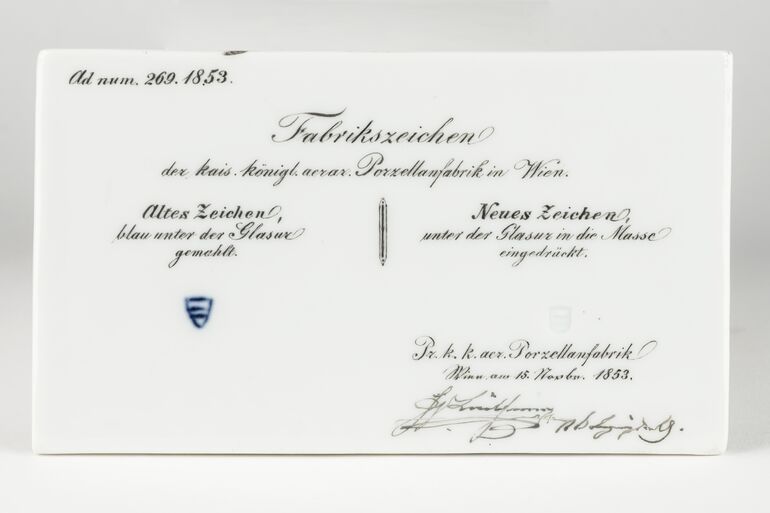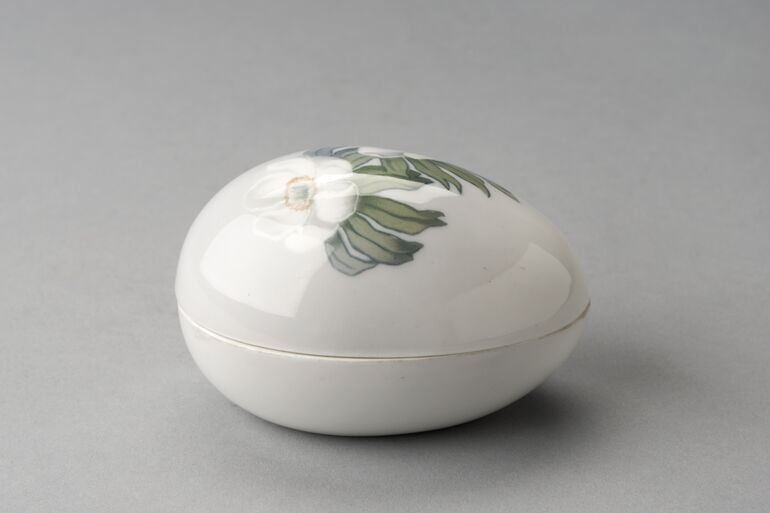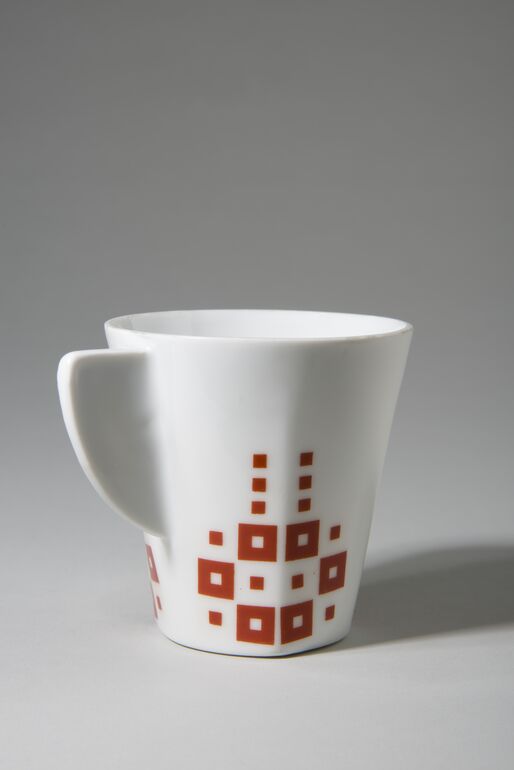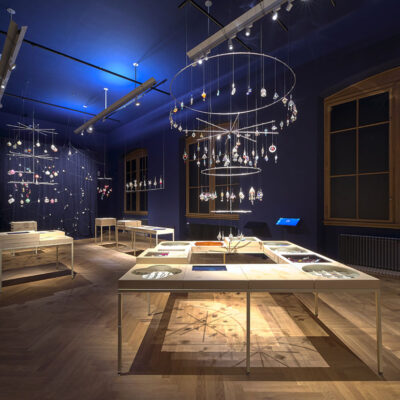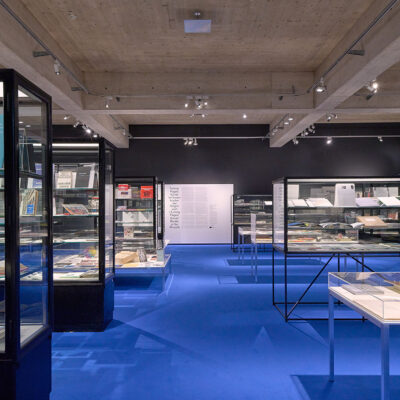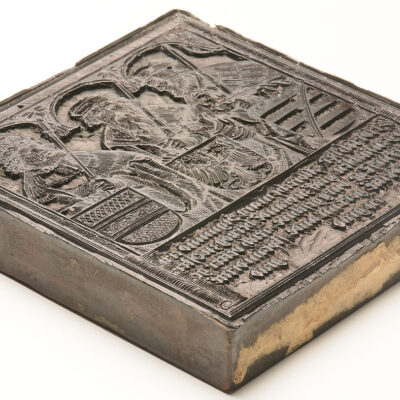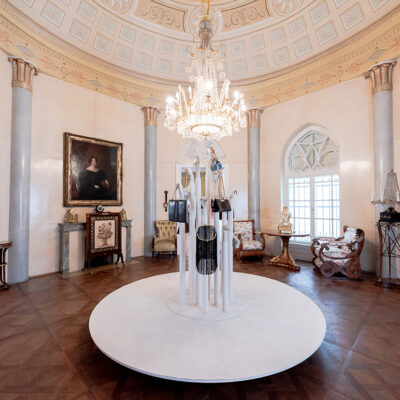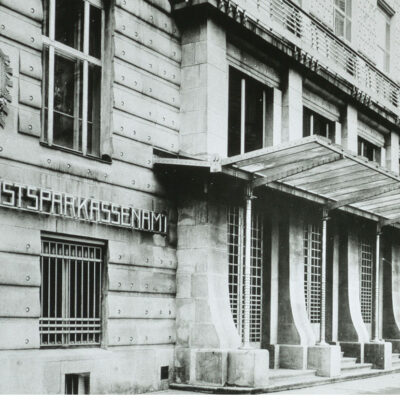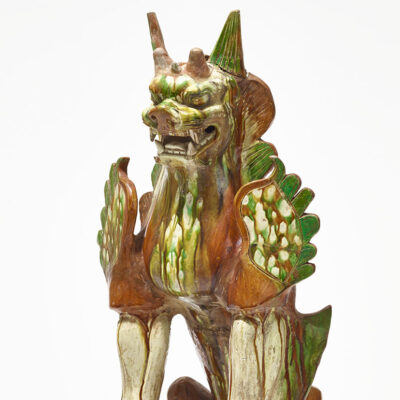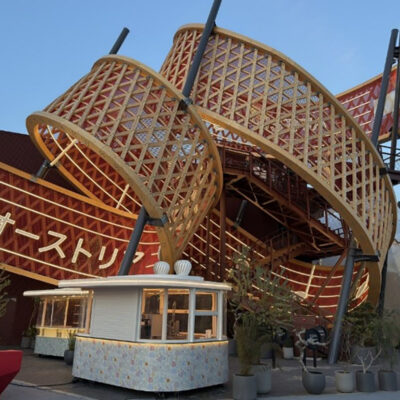1/4
題名
- Dish with base mark ,seto’
Collection
Production
- 作者: 無名, seto-shi 瀬戸市, 19th century
時代 | 王朝 | 様式
材料 | 手法
-
Porzellan mit Bemalung in Kobaltblau unter und in Eisenrot und Gold auf der Glasur,
-
sog. ko-Imari-Ware
Measurements
- 縦幅: 8 センチ
- Durchmesser: 53 センチ
作品番号
- KE 1594-3
Department
- アジアコレクション
Associated Objects
Description
-
The motif of the “1000 Cranes” derives from the painting of the Song period (960–1279) and is still popular in East and Southeast Asia as a goodluck motif. The homeland of the far-flying crane is supposed to be on the Island of Immortality; as a messenger of the gods it is always associated with the Eight Immortals in China, respectively the Lucky Gods in Japan. Hence it symbolizes the wish for a long life; the number 1000 underlines this—it stands for infinity. Although Seto has an age-old tradition of ceramic production, porcelain was
not produced here until the 19th century. A style typical of Seto has never developed, even though under-glaze blue dominates in the decoration.
(Wieninger, Johannes)
On display
on display
-
bowl, Dish with base mark ,seto’, Anonym, MAK Inv.nr. KE 1594-3
Last update
- 15.12.2025

